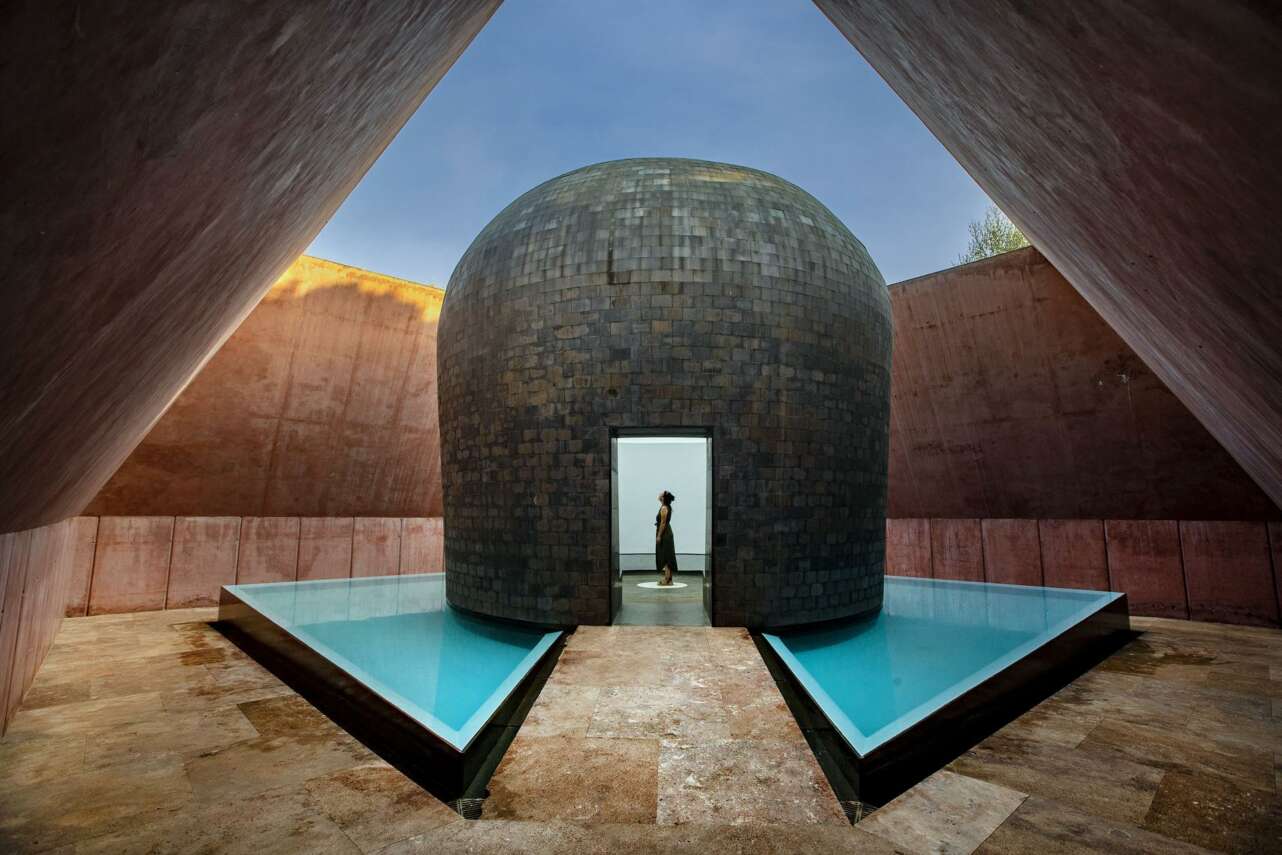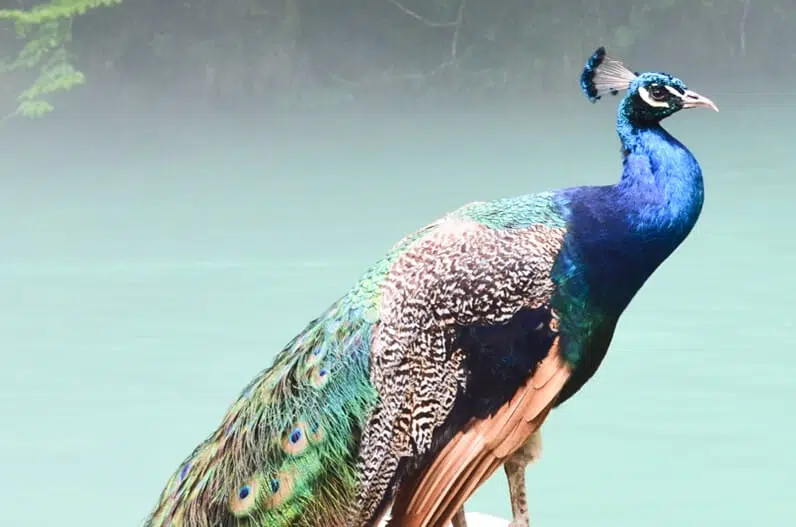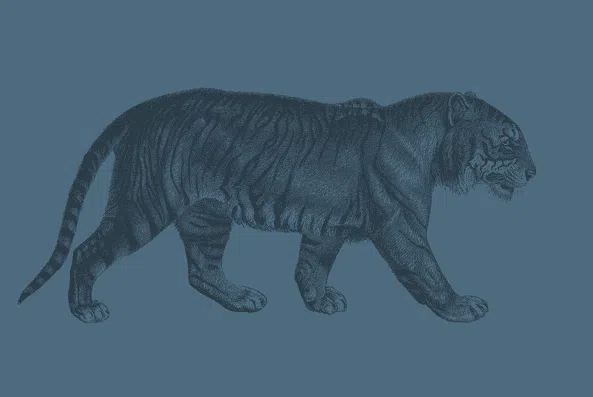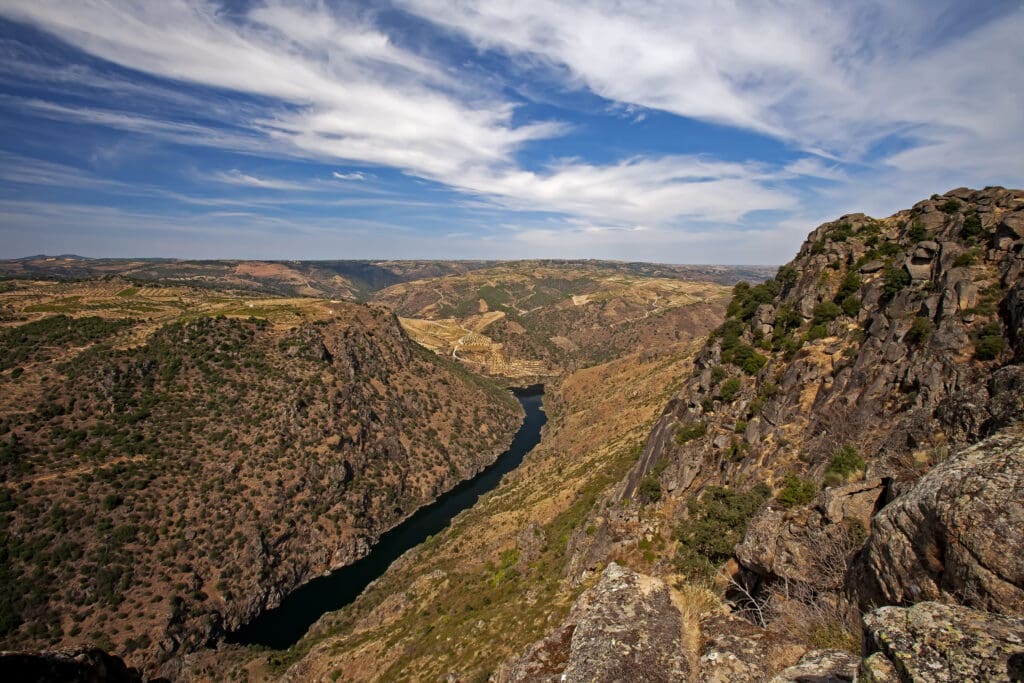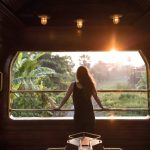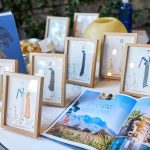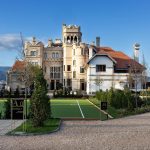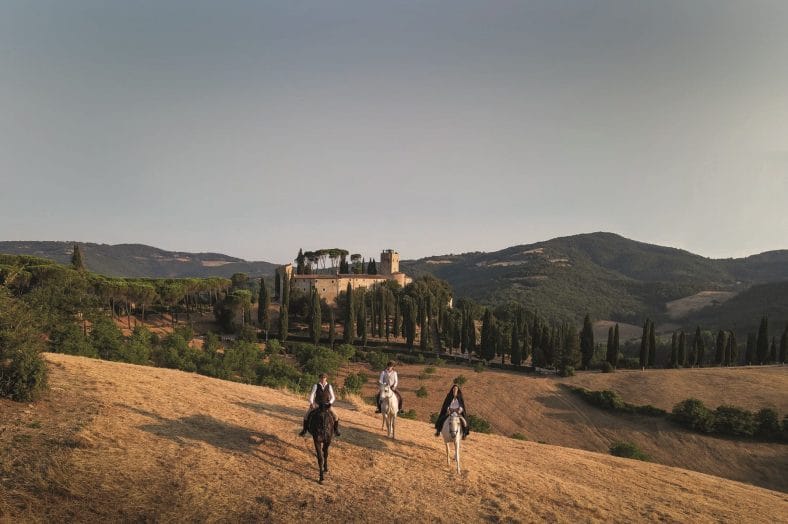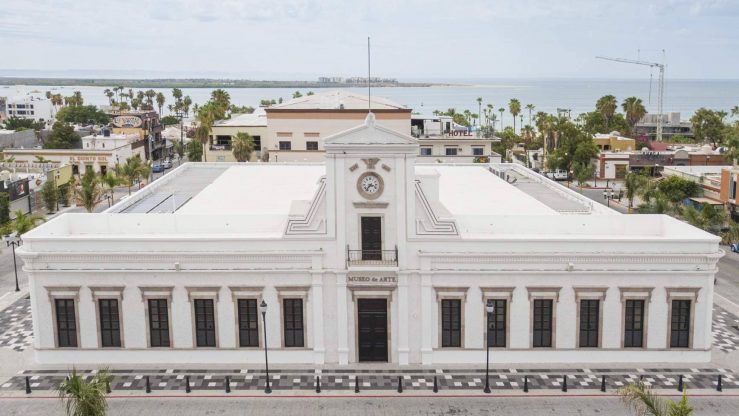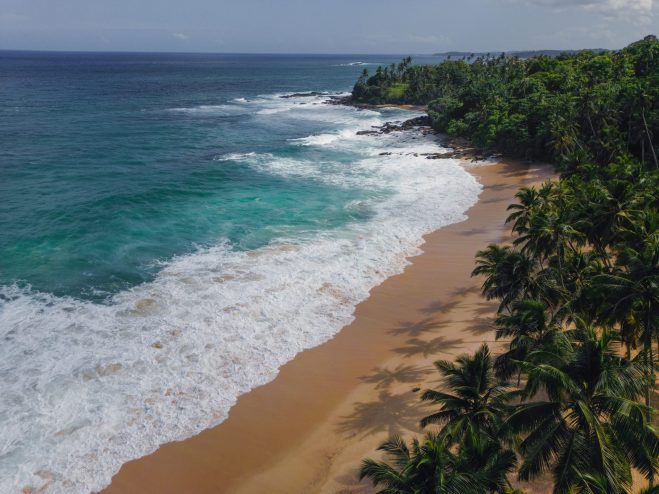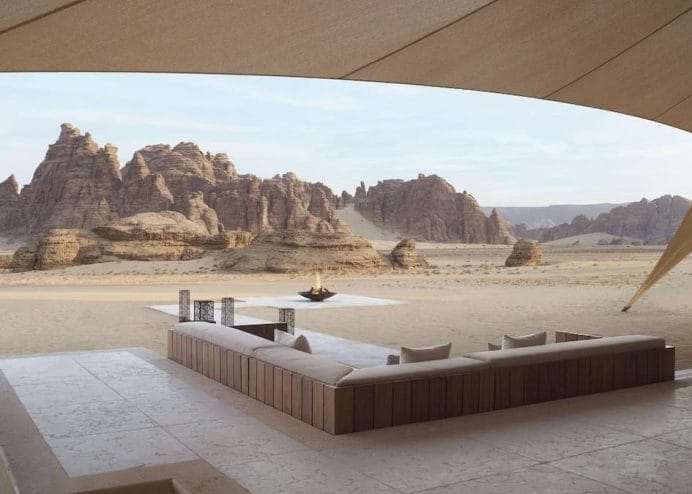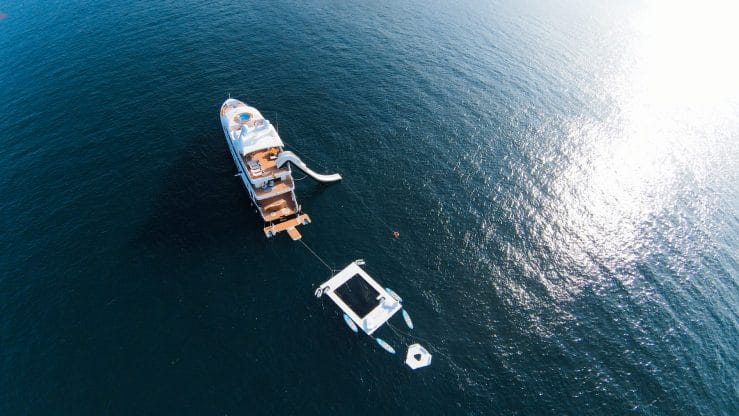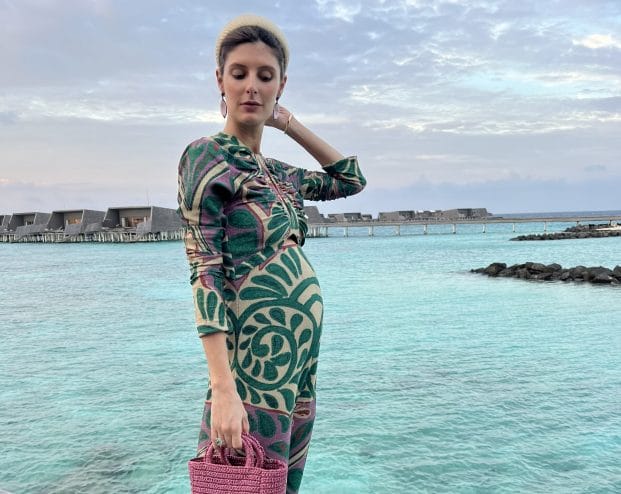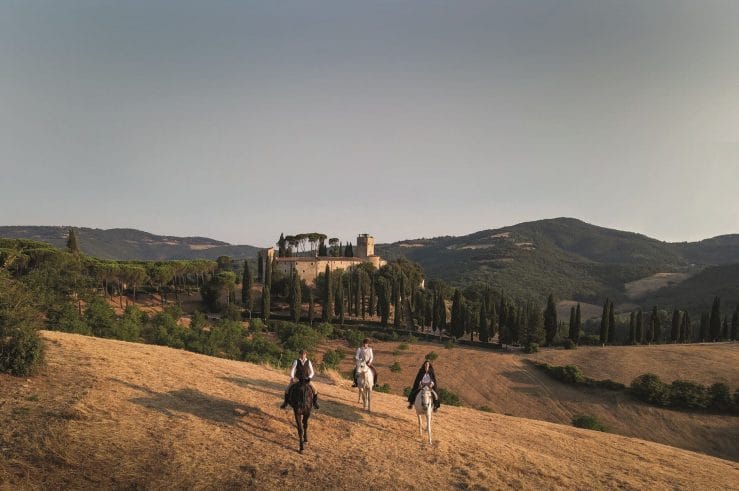Like the hidalgos who follow the banks of the Duero, from Toro to Portugal and ending in Salamanca, we travel the roads that wind the adventures of the river, in the most select two-wheeled cavalry. The journey begins in the historic city of Toro, scene of important historical events, where some of the best examples of art, civil and religious architecture of Spain are preserved; which surprises with a culinary experience to the most demanding palates with its gastronomy and wines.
Heading west, we live an experiential journey through heritage, culture and nature; until we cross the Portuguese border where we will live an immersion in Portuguese history and gastronomy.
The Douro and its landscapes
The landscape will change to a more rugged orography as we approach the border. It is there where the Duero river runs between almost vertical walls to draw the line between the two countries, giving life to the Natural Park of the Arribes del Duero in the area of Zamora and Las Arribes del Duero in Salamanca. Continuing south we will enter the mountainous landscape of the Sierra de Francia, a scenario straddling the northern plateau and the extreme limit of extreme lushness. From Portugal to Salamanca our route will follow the route marked by the ancient border towns and their defensive constructions. We will cross the villages and landscapes of the mountains and the infinite Campo Charro to reach Salamanca, land of culture and legends.
The historic city of Toro
Our journey begins in Toro, a historic city perched on a natural vantage point where the banks of the Duero River bathe its fertile lowlands. We recommend visiting some of its most emblematic wineries where the vineyards of the Toro Denomination of Origin, which has achieved so much recognition inside and outside Spain, are spread out.
In the morning, we set off on our motorcycle to search for the treasures hidden in the lands of Zamora and discover the corners, streets and landscapes that they proudly keep. Our route passes through the famous town of Fuentesaúco, located on one side of the Guareña river valley, settled at 803 meters above sea level on a gentle slope that descends to the course of the Arroyo de San Pedro and where we can see the church of Santa Maria del Castillo from the sixteenth century. We continue on to the Valladolid towns of Castronuño, surrounded by the largest meander of the Duero River, and Alaejos, distinguished by its two Mudejar churches. The route culminates at the Ojo del Duero “Ocelo Durii”, the name with which the Romans founded the city of Zamora. In this medieval city, considered the city of Romanesque architecture for having the largest number and quality of Romanesque temples in Europe, we will enjoy a private guided tour to relive its history from Roman times to the present day. With the most privileged cicerone we access all the hidden corners of the city and discover the architectural styles that make it up, from the unique polychrome Romanesque to modernism, through the Mudejar and Gothic.
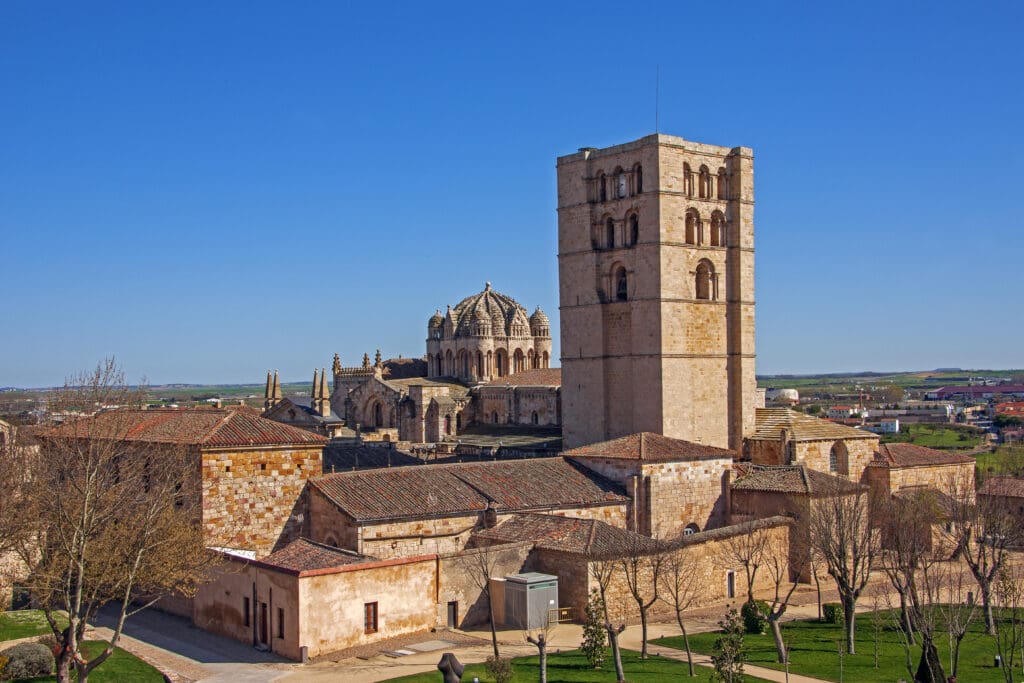
Arribes del Duero Natural Park
Today we leave behind the barren lands of Castile to enter the Portuguese territory. We will spend most of the time in the Arribes del Duero Natural Park, a protected natural area that stands out for the beauty of its granite landscape and vegetation full of oaks and junipers. It is an ideal area for the cultivation of grapes, in which the Juan García variety stands out, used to produce excellent wines under the Arribes del Duero Denomination of Origin. We drove to one of the “crown jewels” of the border called Miranda do Douro, a fortified town perched on the precipice of the Douro River canyon. During the tour we stop to enjoy a pleasant conversation with a family that explains the process that Spain has undergone in the area. We stopped for lunch in Fermoselle where we enjoyed the traditional food born of Spanish and Portuguese influences. Fermoselle is a charming medieval village “perched on crags to see how Tormes and Duero embrace” as Unamuno said. Then we headed to the canyon of the Uces to see one of the most beautiful waterfalls of the entire peninsula, the Pozo de los Humos, where the water falls from a height of over 50 meters and a layer of steam appears on the rocky terrain. We will leave Catilla y León behind as we pass through La Fregeneda, a village with a rich historical past, and enter Portugal via the international bridge over the Águeda River.
Tierras Portuguesas
The next day we woke up in Portuguese lands and had the whole day to enjoy the wonders offered by their lands. We were able to drive a Polaris Power, a pure adrenaline experience in the 4-seater Polaris 1000 led by an experienced pilot, where we rode fantastic trails around the Historical Village of Marialva among almond trees, olive trees and a large vineyard. We also enjoyed a gourmet picnic in the most hidden heart of nature, in the middle of a vineyard and from where we watched the sunset. In the evening we cooked with Carmen, the owner of the hotel who shared with us all her culinary wisdom; at the end we sat together at the table to enjoy our gastronomic apprenticeship.

Marialva and Figueira de Castelo Rodrigo
On the fourth day of the trip we set off for the historic village of Marialva, a town marked by its location on a rocky hill that was successively invaded by Romans, Visigoths, Arabs and Castilians. Inhabited since the 6th century B.C. Marialva is surprising for its medieval roads surrounded by walls and Gothic gates leading to a small square where the ancient dungeons and the court are located. We will continue to Figueira de Castelo Rodrigo whose importance dates back to the reign of Alfonso IX of León, when he reconquered this territory from the Muslims and created a series of fortifications along the Côa River. We continue to cross the border back to Spain within the Natural Park of Las Arribes del Duero in the province of Salamanca. Just 15 minutes from the border we stop at Siega Verde, one of the largest open-air rock art galleries in Europe. In this magnificent landscape, on the slate rocks, artists from the Upper Paleolithic and Finiglacial periods left their traces forever immortalized in the form of animals and abstract signs, expressing the strength and durability of art. These representations made over a long period of time have lasted from 20,000 years ago to the present day, when they have been proclaimed a World Heritage Site. Then we went to Ciudad Rodrigo, a city of strategic importance and with numerous defensive buildings, for which it was named a Historic-Artistic Site in 1944. Along a road that goes into the mountains we will arrive at an enclave whose name denotes its Arab origin, La Alberca and was the first Spanish village declared a Historic-Artistic Site in 1940. We parked in the parking lot at the entrance of the city and visited the town that inspired Sorolla in his painting Castilla, la fiesta del pan, now exhibited at the Hispanic Society of New York. La Alberca has no great monuments or opulent palaces, its charm comes from the traditional mountain architecture, the homes of farmers, ranchers or artisans; Castilla y León in its pure essence. The Plaza Mayor is the nerve center, whose arcaded houses are supported by granite columns offering a popular scene, between Cervantes and Goyaesque. We stop for lunch in this wonderful village before ascending a winding road leaving behind masses of oaks and pines, to the summit of the Peña de Francia (1723 meters), where the Dominican sanctuary that houses the Virgen Morena is located and from where the view is lost 360 degrees on the horizon, until you can see the lands of Extremadura. We ended the day in Ciudad Rodrigo where we stayed in the former castle of Enrique II de Trastámara.
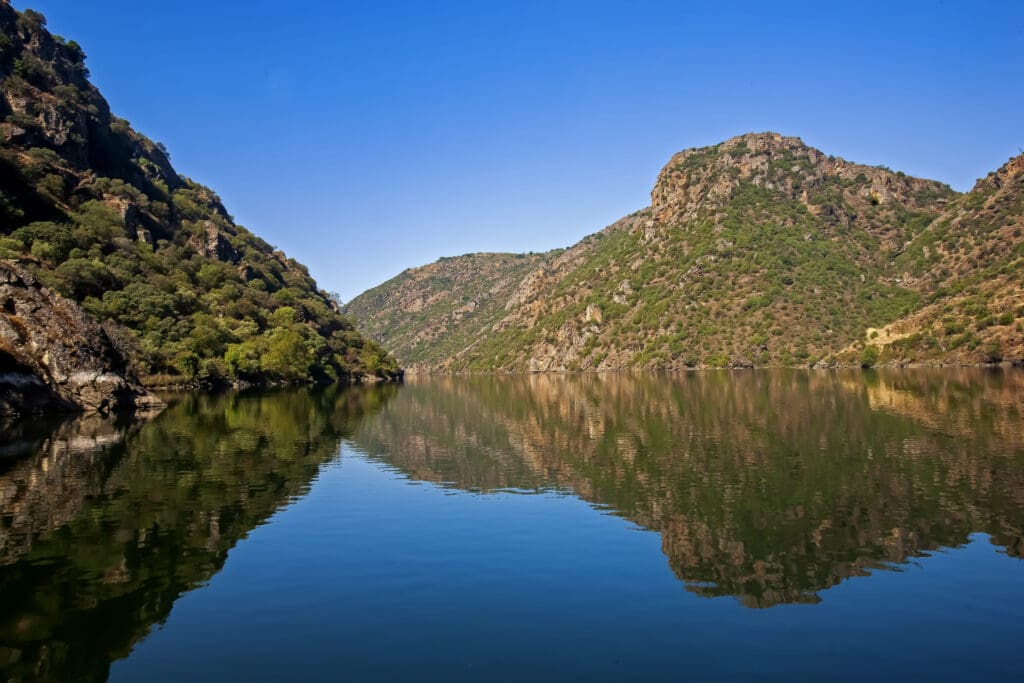
Rodrigo City
After a sunrise worthy of kings let’s go through Ciudad Rodrigo. The city keeps outstanding buildings declared of Cultural Interest, pieces of great value and a taste of past times that were enclosed in the walls of its ramparts. Among all of them, the Cathedral of Santa María and the city walls stand out in a special way. It should be noted that the strategic importance of the square of Ciudad Rodrigo justifies the existence of such a well-kept defensive system since medieval times. However, this primitive medieval enclosure was completed in the 18th century with the system of bastions, ravelins and moats that give the fortification its star-shaped profile, making it one of the few Spanish fortresses influenced by the Vauban style. At the end of the day, we left in the direction of San Felices de los Gallegos, a historical mixture of Galician, Portuguese and even was the headquarters of the French during the War of Independence. Then we head to Yecla de Yeltes to besiege the important pre-Roman city of the Vetones tribe, which, together with the archaeological remains found, make it the most important settlement of the Salamancan penillanura. We arrive at Vitigudino, birthplace of the famous bullfighter of the sixties El Viti and where among its ancestral houses stands out its Parish Church of great beauty. Finally, we arrive at Topas where our last night’s lodging is located, a 15th century castle that maintains its armor, tapestries and the 18th century Mudejar chimney. Once ready, our private driver will take us to Salamanca to enjoy a dinner in a star restaurant, to finish the day in the towers of the Cathedral of Salamanca exclusively for us, with the best views of the city.
Castillo del Buen Amor
Our last breakfast was enjoyed in the old stables of the fortress of the lodge before getting to know the Castillo del Buen Amor in depth. In the middle of a meadow of 116 hectares and surrounded by oaks, cork oaks, pines, vineyards and almond trees, is this castle-palace of the fifteenth century built on a previous fortress of the eleventh century. The popular tradition called the castle ‘Del Buen Amor’ for being the abode of Bishop Don Alonso de Fonseca Quijada, his lover Doña Teresa de las Cuevas and the four children he had with her. The castle retains many of its original elements and a decoration in keeping with the characteristics of the building. This will be the last verse of the poetry of our journey. We recommend a visit to an Iberian pig farm or a visit to the city of Salamanca’s Old Quarter, whose streets are enveloped in the immense legacy of the history it holds among its ancient stones.

